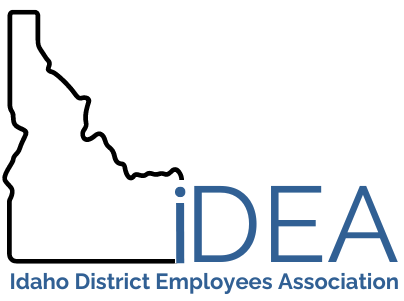What is a Conservation District
Across the United States, nearly 3,000 conservation districts—almost one in every county—are helping local people to conserve land, water, forests, wildlife and related natural resources. (In Idaho there are 50 Conservation Districts)
Known in various parts of the country as “soil and water conservation districts,” “resource conservation districts,” “natural resource districts,” “land conservation committees” and similar names, they share a single mission: to coordinate assistance from all available sources—public and private, local, state and federal—in an effort to develop locally-driven solutions to natural resource concerns.
More than 17,000 citizens serve in elected or appointed positions on conservation districts' governing boards. The districts work directly with millions of cooperating land managers nationwide to manage and protect natural resources.
In Idaho there are 304 elected or appointed positions who serve on Conservation District boards who volunteer with no pay their time, talents & energy. There are 139 full & part-time District employees.
Among other things, conservation districts help:
- implement farm, ranch and forestland conservation practices to protect and improve soil productivity, water quality and quantity, air quality and wildlife habitat;
- conserve and restore wetlands, which purify water and provide habitat for birds, fish and numerous other animals;
- protect groundwater resources;
- assist communities and homeowners to plant trees and other land cover to hold soil in place, clean the air, provide cover for wildlife and beautify neighbourhoods;
- help developers control soil erosion and protect water and air quality during construction; and
- reach out to communities and schools to teach the value of natural resources and encourage conservation efforts.
